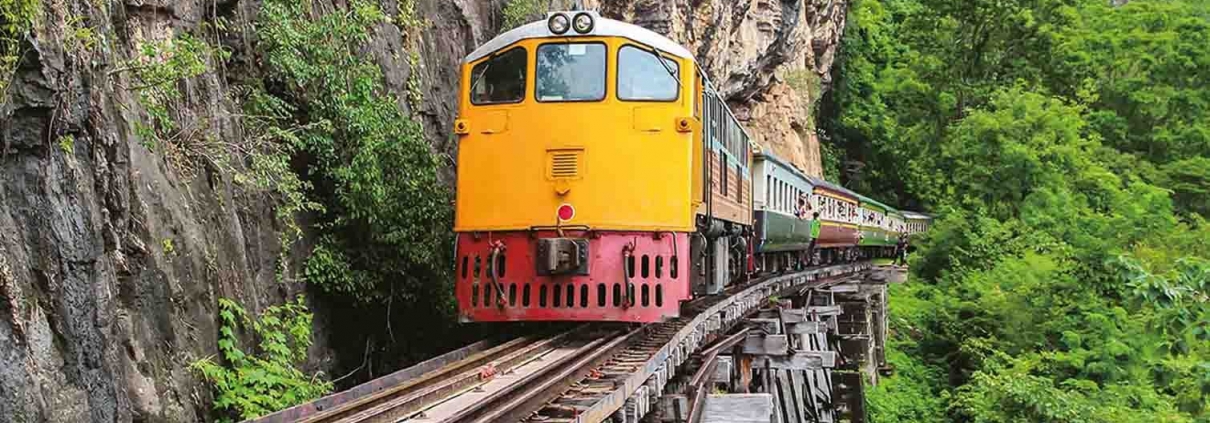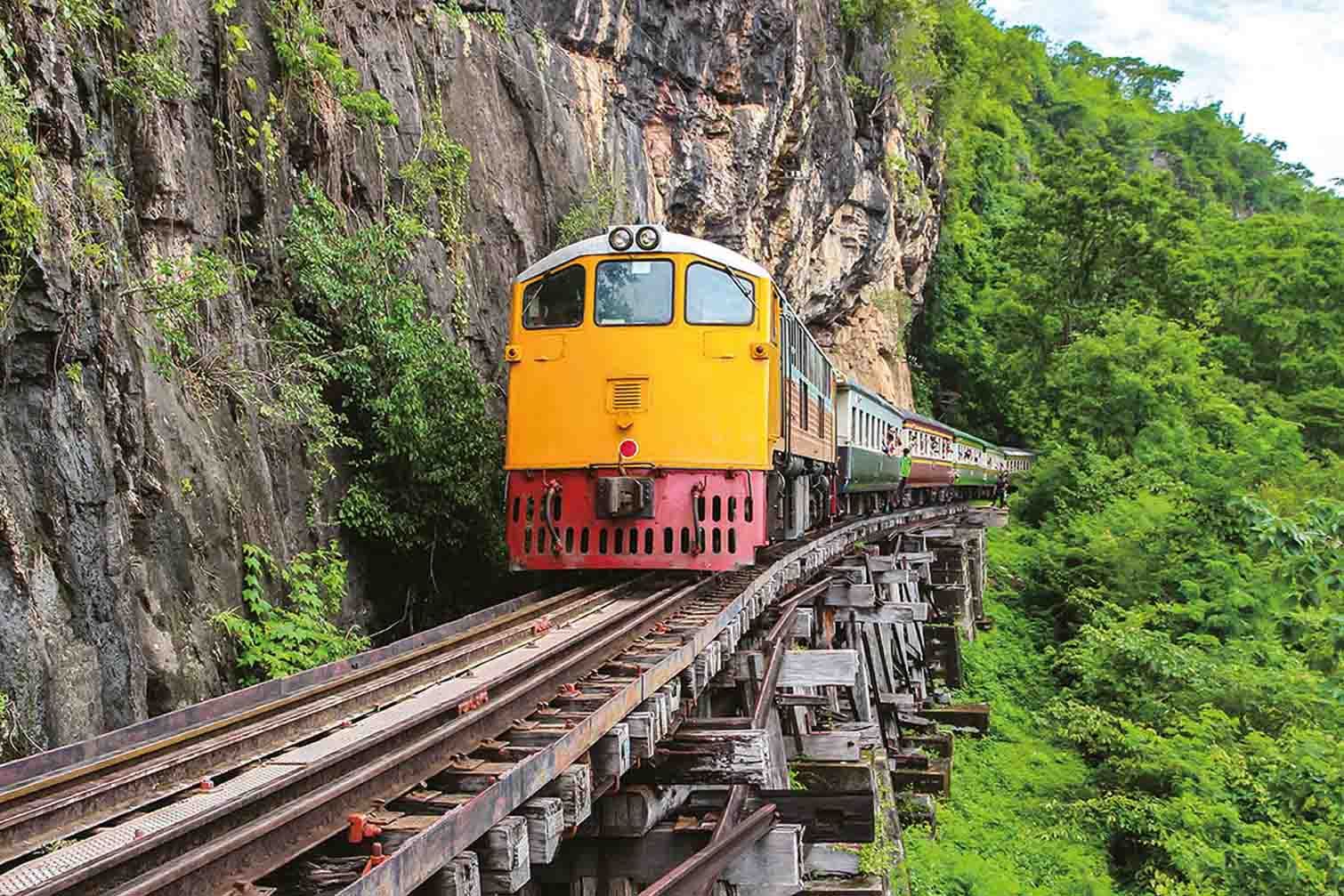MiTAC Establishes MaaS Demonstration Benchmark
In many countries around the world, the rail transit system is a vital mode of transportation and a vital network for connecting urban and rural areas. Rail transportation has a longer history of development than the road transportation sector, and its safety regulations are more stringent and comprehensive. Due to the complexity of rail transportation management, the need to strictly adhere to the standard process, necessitating a large number of human labor, automation and cloud-based development are limited. Herein lies the difficulty and complexity of the digital transformation of the rail industry.
With the advancement of information technology, developed nations are also actively promoting the digital transformation of the rail industry, utilizing the latest 5G communication, AIOT, edge computing, and other key technologies to develop a variety of smart rail applications that improve the safety and reliability of operations, as well as provide innovative services and passenger experiences.
Safety: Monitoring system for train safety
The majority of train safety monitoring systems in Taiwan today are made by foreign companies, and because of their closed architecture, they frequently run into issues during the digitization process like inconsistent data formats, challenging data access, or difficulty in system integration. MiTAC has dedicated itself to the creation of intelligent applications for railways over the years, breaking through barriers with various information technologies, and has already seen some early successes. The Train to Ground Message (TGM) system, which enables trains to connect on-board data to ground stations accurately, efficiently, and quickly even at high speed, is being improved through our integration of edge computing, AI, and 5G communication technologies. This data includes things like the operational status of the train system, pantograph status, traveler status, and driver behavior.
In the future, with the development of 5G and low-orbit satellite technology, communication breakpoints that are not currently easily accessible by signal will be included in the monitoring range of front-line field equipment, allowing for an improvement in the monitoring of train safety.
Reliability: System for predicting equipment failure
Track equipment has a direct impact on track operations, so a high rate of equipment integrity is given special consideration. In the past, track equipment was maintained based on mileage and time through routine inspections or simple statistical analysis by the maintenance information system, which was unable to detect hidden problems in real-time. When a device is malfunctioning, it may take multiple levels of testing to identify the issue.
The development of smart track has entered the era of Industry 4.0, which includes the introduction of the concept of equipment failure prediction through the use of AI and big data analysis technology, thereby transforming the traditional maintenance of equipment from “prevention” to “prediction.” For instance, using AI image recognition to analyze equipment wear and tear, number of operations, usage time, etc., conducting multi-dimensional analysis via Smart BI, and then applying machine learning software to generate prediction models to predict failure time in advance and alert managers to perform maintenance and correction. It not only reduces the amount of time and labor required for troubleshooting, but also increases the effectiveness and precision of equipment maintenance.
Innovation: Innovating the overall journey and enhancing the passenger experience
The ultimate objective of rail smartification is to improve the satisfaction of service recipients, including pre-travel, journey process, station service, and even travel after leaving the station. All of these aspects of rail smartification are crucial to achieving this objective. For instance, using the ticketing system before a trip allows users to buy tickets, reserve station goods, and get weather reports. They can track the whereabouts of the car, the stops it makes, and the load it carries. Upon arrival, they can obtain a station map and ask smart customer service questions. After leaving the station, routes and connections will be available. MiTAC’s MiAIOT, for instance, can platform, standardize, analyze, and predict service information so that track operators can offer seamless services via APPs, robots, or different smart terminals, which enhances the travel experience of customers.
MiTAC hase has more than three decades of experience in the rail industry, ranging from early signage, communication, and power supply to the most recent ticketing system combined with mobile payment, etc. In response to the trend of smart rail, we have also invested in the 5G smart transportation industry development project. In response to the trend of smart rail, we have also invested in the 5G smart transportation industry development project. Through cross-domain collaboration, we hope to develop a new generation of intelligent transportation applications. We will continue to devote R&D funds to improving the localization and smartification of rail transportation E&M systems in the future, actively encourage the development of smart rail, and establish a gold standard for MaaS.





